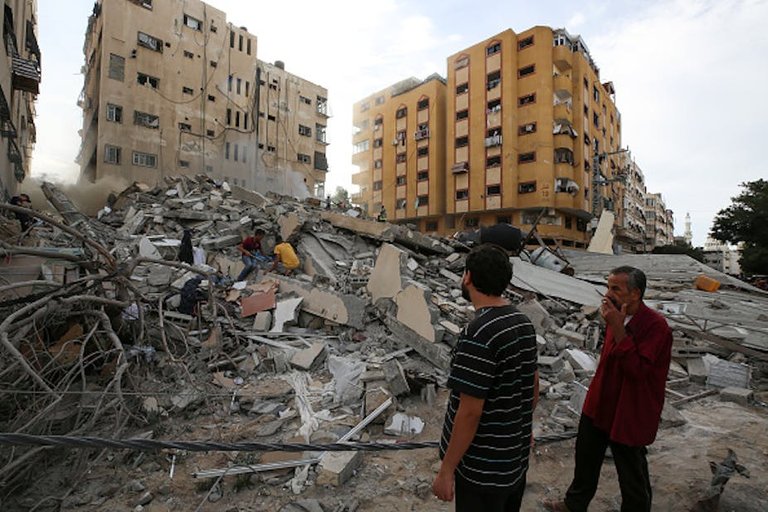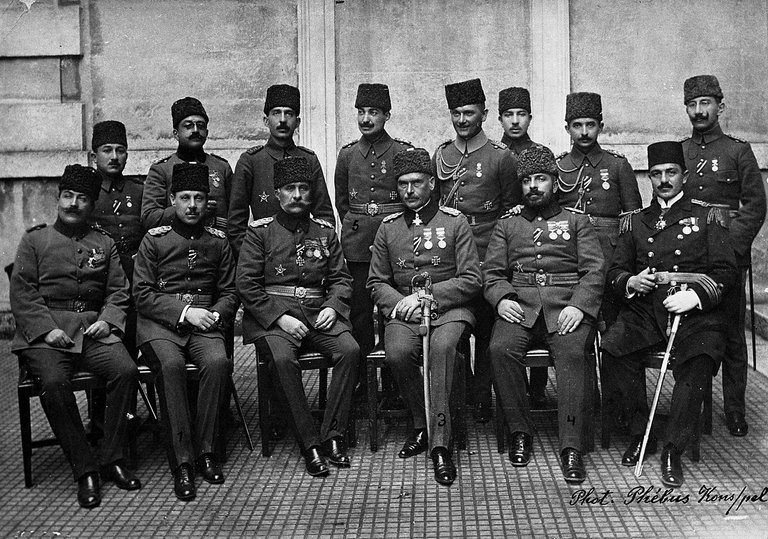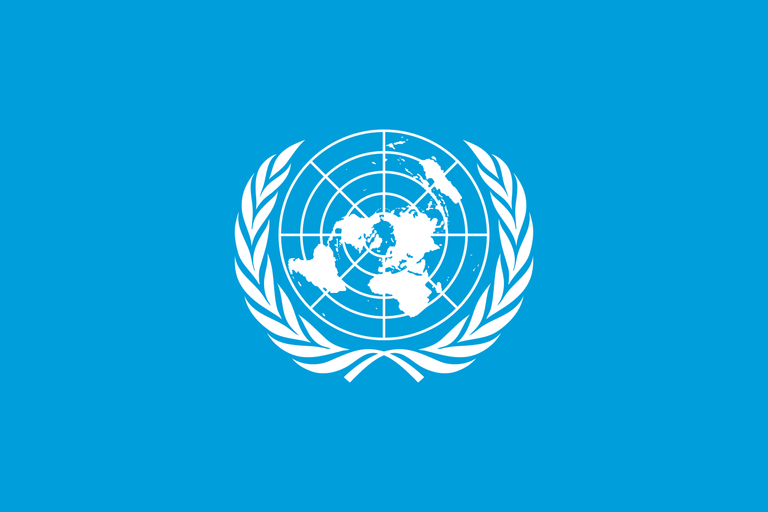A Brief Historical Background Of The Israel-Palestine Conflict
I was completely taken aback by the news of unexpected events that occurred in the Middle East last Saturday. I had woken up early that day to stay updated on the cryptocurrency market, only to be bombarded by reports of hostile attacks on Israel by the resistance group, Hamas, from Palestine.

The attacks reported on the news were extremely violent
The news of the attacks by Hamas on Israel immediately caught my attention, diverting my interest from the cryptocurrency market. I began to follow real-time updates of the situation on the social media platform X, formerly known as Twitter, where individuals were reporting multiple attacks carried out by Hamas, targeting Israel through air, water, and land. Some of the videos shared on the platform contained explicit and extremely violent attack scenes.

The destruction that took place as a result of the conflict last Saturday has been catastrophic
I was startled by all the distressing news I had assimilated that morning and could not comprehend why conflicts and unrest seemed to be on the rise in recent times. Although I was aware of the longstanding conflict between Israel and Palestine, I was unaware of its underlying causes. I had assumed that the hostilities between them were rooted in religious differences. However, in light of the ongoing offensive attacks by Hamas on Israel, I was compelled to learn about the true cause of their conflict.

Map of the territory causing the conflict between Israel and Palestine
Researching the conflict between the two nations gave me a better insight into their enmity. The territory occupied by Israel and Palestine had been the ancient homeland of the Israeli patriarchs. Over time, descendants of these patriarchs established a monarchy, built a temple in Jerusalem, an important city, in reverence to their religion, Judaism, and eventually divided the territory into two kingdoms.

The Romans conquered the territory occupied by Israel and Palestine in the past
However, these two kingdoms became subjects of various conquests, first by the Romans and later by the Seljuks. The Seljuks propagated Islam, which they practiced, and built a place of worship in Jerusalem as a symbol of their faith. Under Seljuk rule, the territory's natives were oppressed, leading to the majority fleeing. Although Christians attempted to restore the territory to its original inhabitants during the Crusades, their efforts ultimately failed.

The Ottomans also gained control of the disputed territory
Subsequently, the territory, which became known as Palestine, came under Ottoman control, a dominant Islamic superpower in the Middle East. The Ottoman rule persisted until the outbreak of World War One. As the Ottoman Empire waned, many Israelis, especially those in Europe, began to return to their old homeland, which was now inhabited by Palestinians. This migration escalated further after World War Two, which saw the genocide of many Israelis in Europe. Following the war, the British took control of the territory.

The United Nations proposed a plan to split the disputed territory between Israel and Palestine
Tensions between Israelis and Palestinians, both claiming ownership of Palestine during British rule, grew. This led to the departure of the British and the United Nations (UN) proposing a plan to divide the area between the two opposing parties. The disputed territory was split, with Israel receiving more territory. This allocation was rejected by the Palestinians, who believed it was unfair.

The conflict between the opposing nations further escalated after Israel declared its independence
A year after the UN's land allocation, Israel declared itself an independent state, intensifying the animosity with Palestine. Subsequently, a war broke out between the two nations, with neighbouring Arab states supporting Palestine. The conflict ended a year later with a ceasefire agreement, but it led to Israel and its neighbouring Arab states occupying more Palestinian land.

The conflict between Israel and Palestine has continued to grow over the years
Almost twenty years later, another war involving all these nations occurred, with Israel emerging victorious and claiming more territories. After the war, peace talks took place between Israel and one of the Arab states, resulting in Israel returning the territory it had claimed. The conflict between Israel and Palestine continued over the years, giving rise to resistance groups like Hamas, seeking to reclaim their lost land. Tensions between the two opposing nations have continued to rise ever since.

The world needs peace and love
Understanding the cause of the ongoing conflict between Israel and Palestine was an enlightening experience for me. I discovered that the animosity between the two nations stemmed from a land dispute. The recent attacks in Israel and retaliations in Gaza, and Palestine, are disheartening. Unfortunately, this situation is currently going on, with both sides suffering terrible losses. I hope the conflict will end soon and that a lasting solution will be found for it. The world needs peace, not war!
Thanks for reading,
Have a splendid day folks.
credit: click photo caption for image source.
